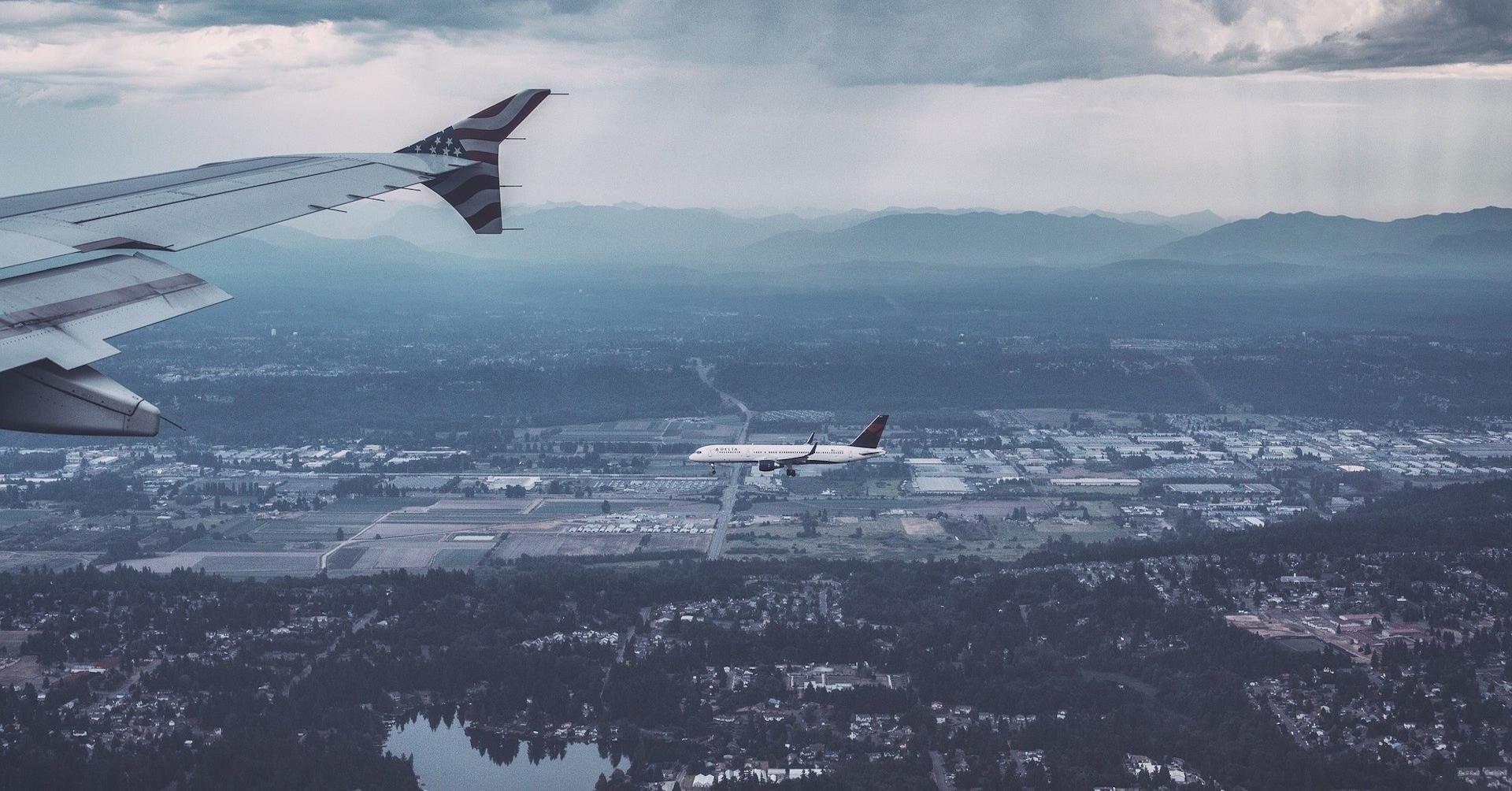Are you curious to know what is a self transfer flight? You have come to the right place as I am going to tell you everything about a self transfer flight in a very simple explanation. Without further discussion let’s begin to know what is a self transfer flight?
What Is A Self Transfer Flight?
Self-transfer flights, also known as self-connect flights, represent a growing trend in air travel that offers passengers the flexibility to create their own connecting itineraries between flights on different airlines. This innovative approach enables travelers to book separate flights to reach their final destination, often at a lower cost or with increased flexibility.
How They Work?
Unlike traditional connecting flights booked through a single airline, self-transfer flights involve booking separate tickets for each leg of the journey. For instance, a passenger might book a flight from City A to City B on one airline and then book a separate ticket for the onward journey from City B to City C on another airline.
Benefits Of Self-Transfer Flights
- Cost-Effective: By leveraging different airlines and routes, passengers can sometimes find cheaper overall fares compared to direct or traditional connecting flights offered by one airline.
- Flexible Itinerary: Travelers have the freedom to choose their preferred airlines, departure times, and layover durations, providing more control over their travel plans.
- Customization: Self-transfer flights allow passengers to select airlines based on their preferences, loyalty programs, or specific amenities offered by each carrier.
Considerations And Challenges
While self-transfer flights offer advantages, they come with certain considerations and potential challenges:
- Baggage Handling: Passengers are responsible for transferring their luggage between flights and checking in again for the second leg of the journey, which can be a hassle and may require time management.
- Missed Connections: If the first flight is delayed or canceled, it can impact the ability to catch the connecting flight, potentially leading to additional expenses or rebooking fees.
- No Interline Protection: Airlines typically do not assume responsibility for missed connections or provide assistance for rebooking when flights are booked separately.
Tips For Booking Self-Transfer Flights
To make the most of self-transfer flights while minimizing potential issues, consider the following:
- Sufficient Layover Time: Ensure ample time between flights to accommodate potential delays and to manage baggage transfer and check-in for the next flight.
- Research and Planning: Thoroughly research airlines, their policies, and airport layouts to ease the transition between flights.
- Travel Insurance: Consider purchasing travel insurance to cover unexpected events or missed connections.
Conclusion
Self-transfer flights offer a unique way for travelers to customize their itineraries, potentially saving money and gaining flexibility. However, it’s essential to weigh the benefits against the challenges and take necessary precautions to ensure a smooth travel experience. With careful planning and consideration, self-transfer flights can provide a cost-effective and tailored travel solution for those seeking more control and flexibility in their journeys.
FAQ
What Does Self Transfer Mean Flying?
In this case, self transfer meaning that no airline is responsible for this whole journey — you are transiting yourself, and take full responsibility for that. You check in for every flight yourself. You recheck baggage yourself. If you miss one of your flights for whatever reason, you pay for new flight yourself.
Do I Have To Go Through Security Again For A Self Transfer Flight?
Self-transfer entails the traveler’s responsibility for transferring between flights, checking in again, and going through security procedures as required.
Is 1 Hour Enough For Self Transfer?
No, 1 hour is not enough for connecting flights. In most cases, airlines recommend allowing at least two hours between connecting flights to ensure that you have plenty of time to make your connection.
How Do I Know If My Flight Is Self Transfer Or Connecting?
Let’s assume, you have two or more flights, one after the other, to your destination. If you booked flight separately, it’s a self transfer. If you have more than one reservation number, it’s a self transfer. This is one of the easiest way to distinguish the two.
I Have Covered All The Following Queries And Topics In The Above Article
What Is Self Transfer On A Flight
What Is A Self-Transfer Flight
What Is A Self Transfer Flight Frontier
Self-Transfer Flight Need Visa
What Is A Self Transfer Flight International
What Is A Self Transfer Flight Airlines
Self-Transfer Flight Baggage
Self-Transfer Flight Without Luggage
How To Know If Your Flight Is Self-Transfer
Self-Transfer International Flights
How To Self-Transfer At Airport
What Is A Self Transfer Flight
Are self connecting flights worth it
